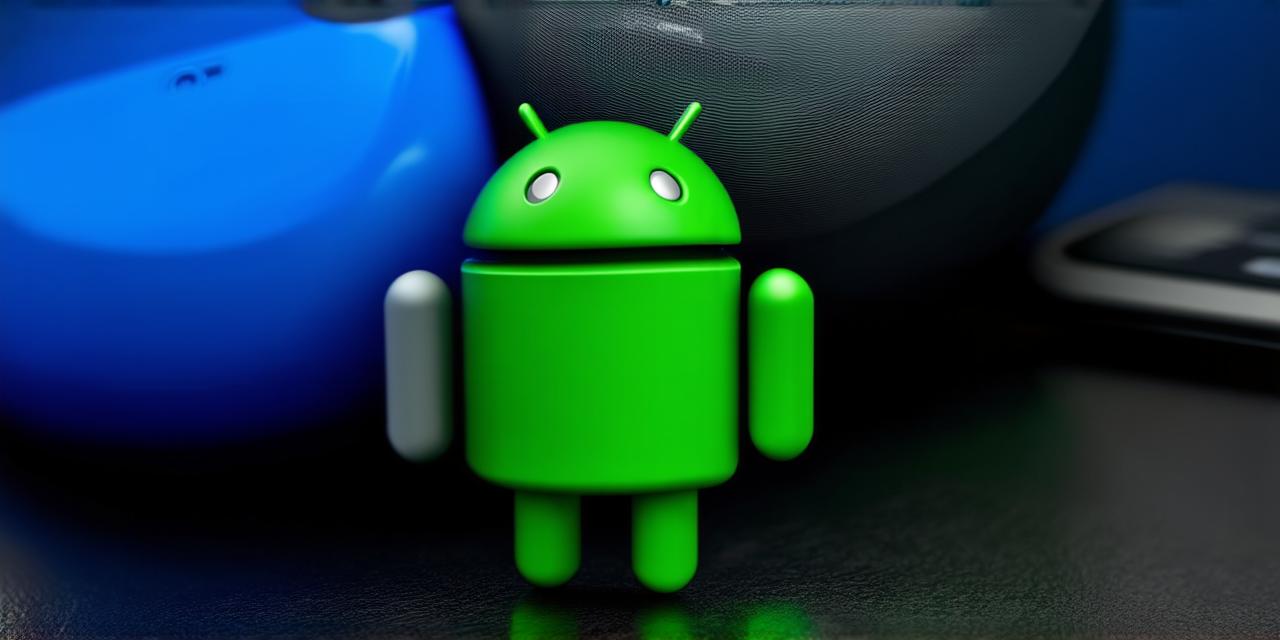Are you looking to create an engaging and interactive game for Android devices? Look no further than Visual Studio Code (VS Code), the powerful and versatile code editor that’s becoming increasingly popular among developers. In this guide, we’ll take a comprehensive look at how to get started with Android game development using VS Code, including setting up your development environment, creating a new project, and writing code for your game.
Setting Up Your Development Environment
Before you can start coding, you need to set up your development environment. Here are the steps you’ll need to follow:
<p>Install Android Studio</p><p>The first step is to install Android Studio, which is a popular Integrated Development Environment (IDE) for Android app development. You can download it from the official Android Developer website or the Google Play Store. Once installed, open Android Studio and create a new project.</p>
Enable Developer Options on Your Android Device
In order to use VS Code to develop an Android game, you’ll need to enable Developer Options on your Android device. This allows you to install apps from external sources (in this case, VS Code) and enables debugging. To enable Developer Options, go to Settings > About Phone and tap the Build Number seven times until you see a message saying “You are now a developer!”
Install the Android Debug Bridge (ADB)
The Android Debug Bridge (ADB) is a command-line tool that allows you to communicate with your Android device from a computer. It’s essential for debugging and deploying your game to your device. You can download ADB from the official Android Developer website. Once installed, add the directory containing ADB to your system environment variables.
Connect Your Android Device to Your Computer
Connect your Android device to your computer using a USB cable. Make sure that ADB is properly installed and configured on your computer. You can check this by opening a command prompt or terminal window and typing “adb devices”. If ADB is properly installed, you should see your device listed.
Creating a New Project in VS Code
Now that you have your development environment set up, it’s time to create a new project in VS Code. Here are the steps:
<p>The Android Extension for VS Code is a powerful tool that provides a number of features specifically designed for Android game development. You can install it from the Visual Studio Marketplace. Once installed, open VS Code and select "Extensions" from the menu at the bottom left corner of the screen. Search for "Android Extension for VS Code" and click "Install".</p>
Create a New Project in VS Code
To create a new project in VS Code, go to the “File” menu at the top of the screen and select “New Folder”. Name your folder something descriptive, like “MyGame”, and then click “Create Folder”. This will open a new window where you can select the type of project you want to create. For an Android game, select “Android” from the list on the left side of the window.
Select Your Project Template
In the “Select a template” dropdown menu, choose the template that best suits your needs. For a simple game, you might want to choose “Empty Activity” or “MVVM Activity”. If you’re looking for something more advanced, you can choose from one of the other templates available.
Set Up Your AndroidManifest.xml File
Once you’ve created your project, it’s time to set up your AndroidManifest.xml file. This file contains important information about your app, such as its name and permissions.



